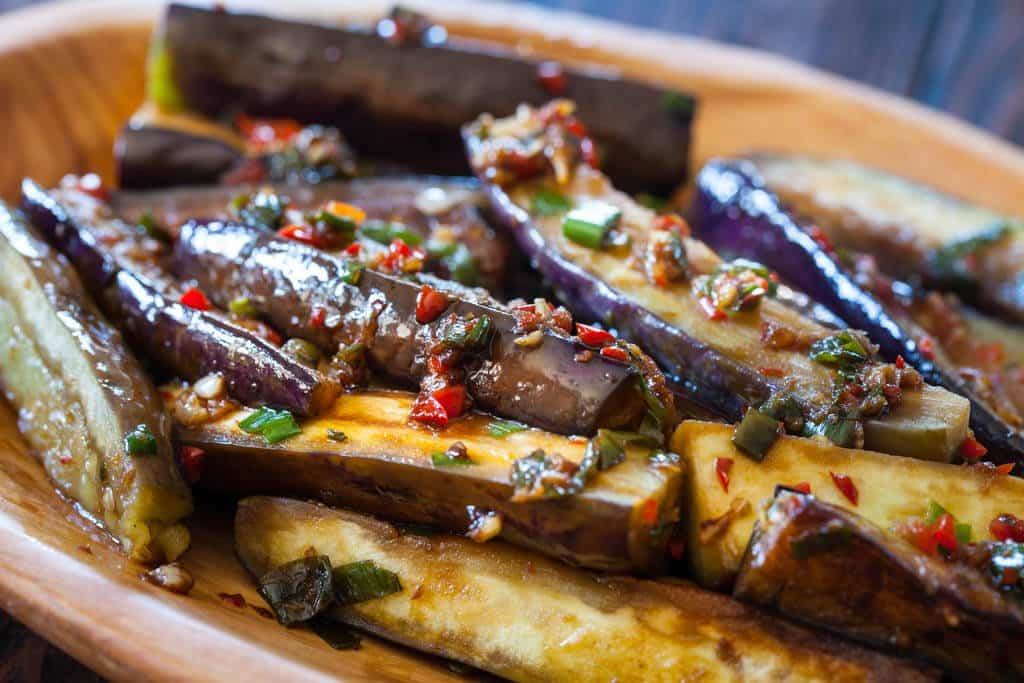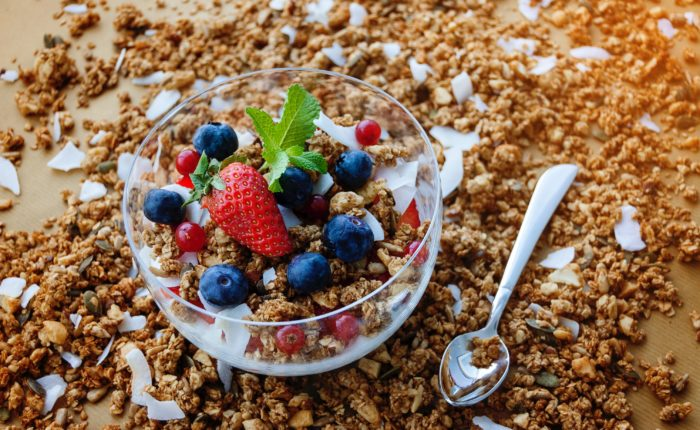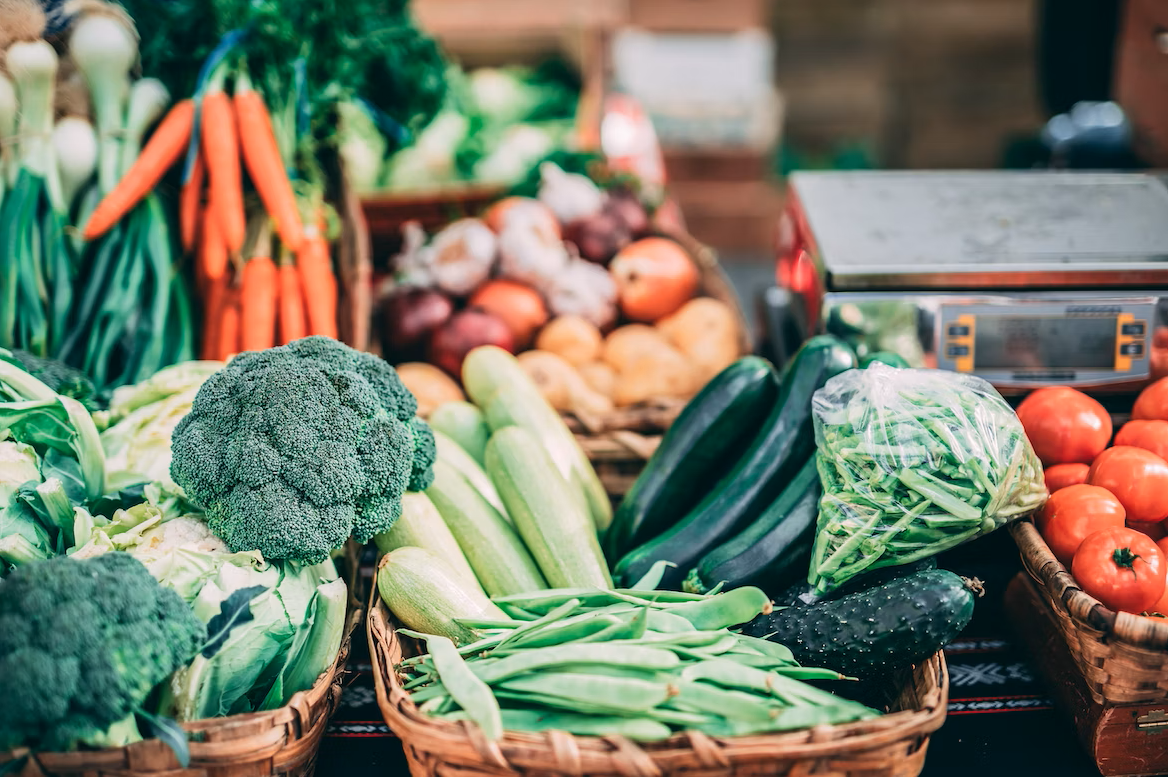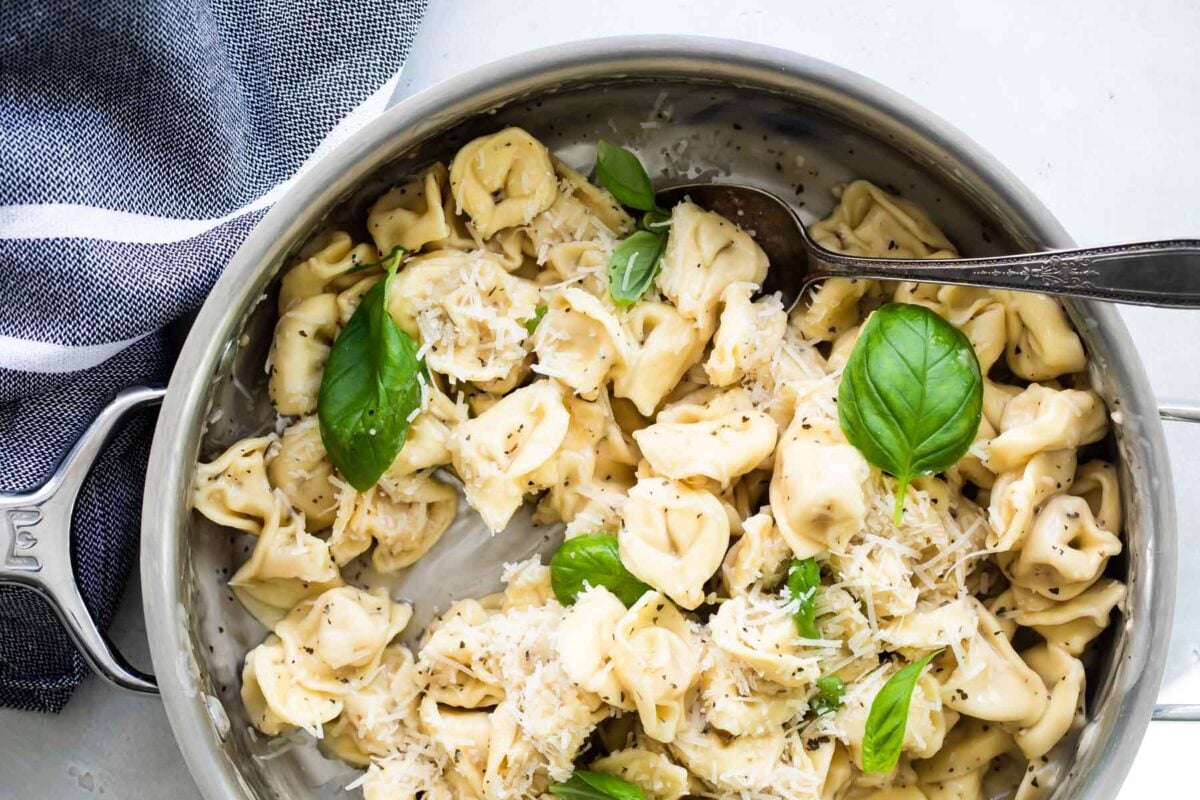
A Big Little Recipe has the smallest ingredient list and other important things: flavor, creativity, amazing factors. This means five or fewer ingredients-excluding water, salt, black pepper, and certain fats (such as oil and butter), because we guess you already covered these. This week, guest columnist, food stylist and James Beard Award nominee Rebekah Peppler will share your favorite new method of cooking eggplant, fresh from À Table, her recipe just published.
Holiday cooking hits are different. It prioritizes happiness. It is imaginative, can be changed freely at any time, and is usually full of produce and ingredients that may not appear on your daily cutting board.
Although I make a living by cooking and eating, I happily spent a lot of holidays looking for local markets and farm stalls, navigating the inevitable quirks of renting a kitchen, and most importantly, gathering the people I love together. At a table we can call our own in a short time.
This eggplant sauce recipe is the product of such a food prospective holiday-it is very popular, and I immediately made room for it in my new recipe, À Table.
Two years ago, I was in full development and testing mode of À Table, and planned to take a summer trip from Paris to southern France with my friends. Although the excuse was to celebrate a birthday, I knew I would be a friend and put food on the table, only half-jokingly asking for detailed feedback.
To prepare for this trip, I packed my market bag and planned the best parade in the area. I made a vague wish list of seasonal ingredients. I put the scale, measuring spoon, wine spoon and a sharp knife in my suitcase. (Always bring your own knife; a dull blade will soon ruin an otherwise fun weekend.)
When we arrived in Provence, I let my holiday brain take the lead. In those parades mentioned above, it took me directly to the overflowing box with smooth skin, heavy hands, and sexier than eggplant-emoji eggplant. It can be said that I grabbed as many drafting and weaving handbags as I could, and finally got extra.
The eggplant oil seal uses traditional French cooking and preservation methods.
Confit, or slow cooking of something with fat (or concentrated syrup) at a low temperature, comes from the French verb confire, which means "to preserve". Although duck oil seals may immediately come to mind, oil seals refer to many preserved foods-meat or vegetables (both cooked with fat) or fruits (cooked with sugar).
Applying this simple technique to eggplants, turning them into soft, creamy, addictive slices, and in the process harvested an unexpected harvest of super fragrant olive oil. For all these luxury items, you only need very few ingredients: eggplant, a few cloves of garlic, anchovies, thyme, plenty of olive oil, pepper and salt.
Eggplant oil seals are ideal side dishes, spread on crusty bread, or chopped and sprinkled on hummus or rags as a simple snack. But the recipe is rich, delicious, and the by-product with the umami flavor of garlic and thyme may just be my favorite part—sometimes I make this dish just to get the oil. Stir it into a vinaigrette, use it to fry delicious eggs, dip in bread, and drizzle it over pasta, tomato slices or roasted vegetables with heavy hands; the list goes on.
But my favorite method of using infused oil seal oil — and what I did on that particular trip — is to put it on another eggplant and some extra assorted eggplants to make ratatouille. The cooked dish has a strong flavor, and I will not lie. When I tasted it, I wish I accidentally bought more of those sexy provence eggplants.








